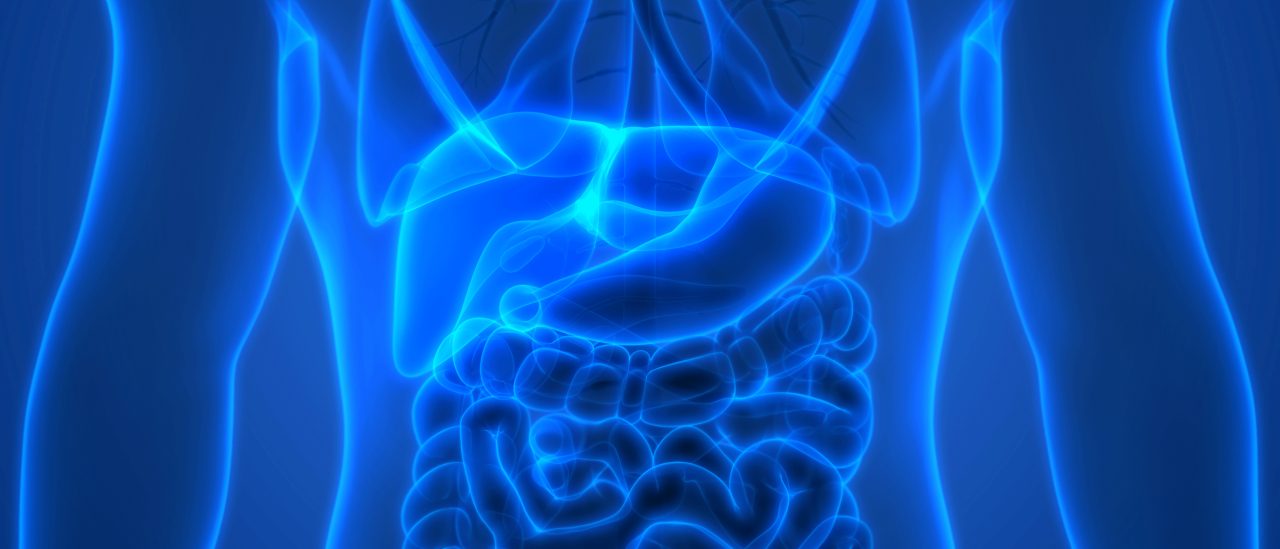You Have Fatty Liver Disease. Now What?

Unless you eat more healthily than most Americans, you may well have a fatty liver. If the condition progress over time, it can lead to cirrhosis and even liver cancer and liver failure.
The liver is what you’d call an essential worker — it keeps you going, whether you appreciate it or not. You might worry about any rumbles from your heart or sign of mental decline, but when was the last time you thought about your liver?
Maybe never, until the day your doctor says you have fatty liver disease. About 100 million Americans may have the condition, according to the American Liver Foundation.
YOU MIGHT ALSO LIKE: Signs of Fatty Liver
What does the liver do?
Among other jobs here are a few of the liver’s major functions:
- It removes toxins from your blood, which is why liver failure may ultimately kill alcoholics.
- It breaks down carbs into glucose, which goes out into the blood for energy, and stores energy reserves in the form of glycogen to release when you need to hustle.
- It stores many vitamins, sometimes several years’ worth, as well as iron and copper.
- It produces bile, which helps the small intestine break down and digest fats, cholesterol, and some vitamins.
What is fatty liver disease?
If you sit all day and night, miss sleep, and eat the standard fat-, carb-, and sugar-heavy American diet, you can end up with high triglycerides, a type of lipid (or blood fat) that clogs your liver with fat, so it looks like a marbled steak. You won’t notice any symptoms we associate with the liver, such as yellow skin or eyes. Also, you don’t have to drink lots of alcohol to have a fatty liver. The official name for fatty liver is nonalcoholic fatty liver disease (NAFLD). Many alcoholics have even more damaged livers. Severe NAFLD can lead to nonalcoholic steatohepatitis, or NASH, which causes the liver to swell and become damaged. A swollen liver can cause scarring (cirrhosis) over time and may even lead to liver cancer or liver failure.
What are the signs of fatty liver disease?
People with fatty liver disease often are prone to fatigue and food cravings. They tend to have other chronic diseases like heart disease, diabetes, arthritis, lung disease, and autoimmune problems. But your blood test will tell the tale, even if you aren’t an obvious candidate. You’ll hear from your doctor that your blood test shows high triglycerides and high alanine aminotransferase ( or ALT), a liver enzyme.
Being overweight is a big risk factor: Fatty liver is seven to 10 times more common in people with obesity. Gut bacteria also play a role. You can shift yours in the right direction by changing your diet.
What can you do to fight fatty liver?
While there is no medical treatment or cure for NALFD, you may be able to prevent damage or even reverse the condition – in the early stages. If you’re overweight, you need to lose pounds. The best diet to lose weight is the one that will work for you. But for the long term, nutrition counts.
- Eat cruciferous vegetables: kale, cauliflower, broccoli, and Brussels sprouts are among the most popular. These vegetables contain a compound called indole. In a small 2020 study from Texas A&M and Chongquing Medical University in China, researchers discovered that people with higher body mass indexes, or BMI, tended to have lower blood levels of indole, which is produced by the amino acid tryptophan. The less indole in your blood, the more fat turned up in your liver. So, the more indole you eat, probably the better for you. Mice on a high-fat, high-sugar diet ended up with less fat in their livers if they ate broccoli.
- Drink coffee. Some research shows that coffee drinkers with fatty livers end up with less liver damage, possibly because caffeine lowers their abnormal liver enzymes. Research also shows that coffee helped reduce fatty livers in mice.
- Eat high omega-3 fish: herring, salmon, sardines, and trout, among others. Aim for a wild fish and one flash-frozen on the boat. Canned salmon and fish work, with salmon having the edge. Choose canned tuna in water, or if you prefer the kind in oil, don’t drain the oil (the good omega-3s leach out into the oil) and buy gourmet Pacific Albacore tuna if you can.
- Eat walnuts. In general, nuts are good for people aiming to lose weight. Walnuts have more omega-3s and have been found to improve liver function in patients with fatty liver disease.
- Don’t drink alcohol. Your liver has enough work to do.
Lose weight and fight fatty liver simultaneously
The popular naturopathic doctor Alan Christianson, NMD, offers a four-week liver-cleansing diet based on replacing two meals a day with a protein shake. Your protein powder should contain only protein, no artificial ingredients your liver will have to detoxify, and no sugar, which turns into triglycerides. You’ll also need a resistant starch, which is plentiful in raw oats (you can soak them overnight), bananas (the least ripe the better), and cashews. Another option: the liquid from canned or cooked legumes like chickpeas. Add any flavoring that makes your shake more pleasant — stevia is a replacement for sugar, and try a spice like ginger or cinnamon, or vanilla or almond extract. Mix this up in a blender.
Snack on salad vegetables, aiming for at least three portions in between meals.
For your non-shake meal, combine cruciferous vegetables with vegetables from the Apiaceae or Umbellifer family (carrot, parsley, celery, parsley, fennel, cilantro), which Christianson says work together to boost liver function. Also have a lean protein, such as poultry, fish, cottage cheese, or high-protein grains.
Updated:
August 31, 2020
Reviewed By:
Janet O’Dell, RN